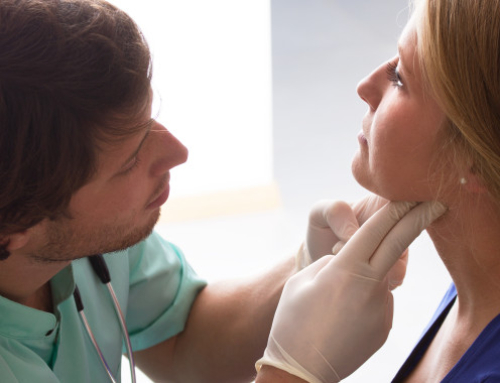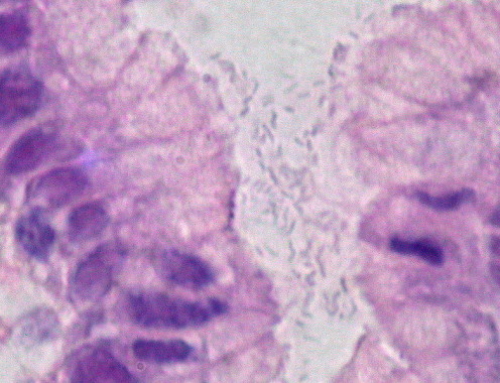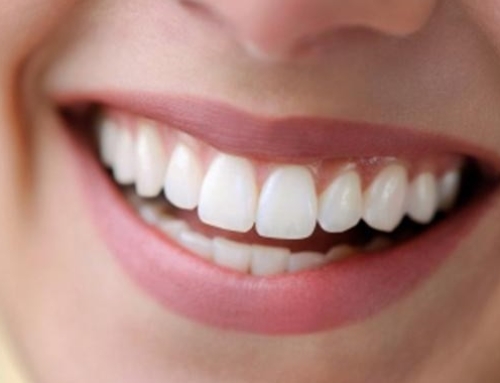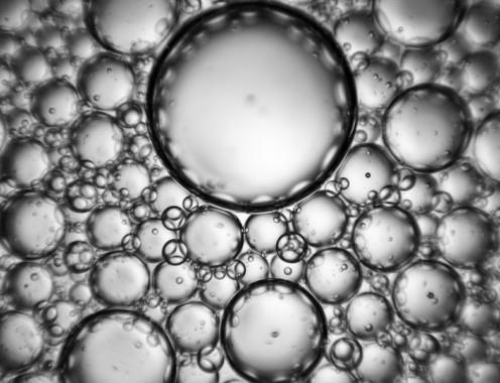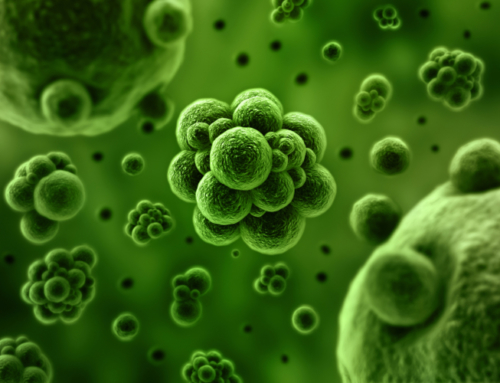Originally Posted on May 2, 2015
Updated January 29, 2019
Week four and we are talking about skin today. So far we’ve examined what our microbiome is, our oral microbiome and how to support it to stay healthy and our gut microbiome, how it affects more than your gut and how to keep it balanced and the friendly bacteria on your side. Today let’s look at our skin. Skin has a microbial balance and plays a large role in health and vitality. Really? How? Let’s see…
Did you know your skin is the largest organ of your body? And that it plays an important protective role against infection and penetration of toxic agents? It is usually the first and most major interface we have between our body and its environment. The diversity of microbial species that inhabit it is daunting indeed. We have already learned our bacteria outnumber us 99:1. Taking these points into consideration tells us there is a lot of interaction going on here.
Beneficial or Detrimental
The interactions that are happening between our skin and bacteria can be either beneficial or detrimental. Our immune system’s role is to maintain the mutualistic interactions, just as we’ve discussed in this series talking about what the microbiome is, our oral microbiome and gut microbiome. Most of our body’s microbiome basically function on the same principles. So what we do to support one area usually supports all if not at least a couple.
Your epithelial cells produce antimicrobial peptides. The skin’s microbiome can affect the epidermal defense systems and your immune system, which in turn alters the skin microbiome, therefore generating a constant cycle.
Your skin’s microbiome can have a beneficial influence on your skin in three ways:
- directly inhibits growth of pathogens;
- improves your immune system;
- educates and primes your adaptive immune system.
Bacteria are mostly found in hair follicles. Lower amounts of bacteria have also been found in the dermis and the dermal adipose tissue. This distribution of bacteria represents a filter that would distribute external microorganisms within the different layers and areas of the skin in order to preserve a healthy environment. Aren’t our bodies amazing?! We get our life’s foundational microbiome at birth. The womb environment, how we are born, where we are born, the conditions under which, all play a massive role in our health throughout life and we will delve deeper into this topic next week.
The microbes on our skin can be transient or resident; the latter are considered to be members of your skin’s ‘normal’ ecosystem. These are in homeostasis with you, the host, whereas the former are microbes from the environment that temporarily live on the skin. The diversity of these transient and permanent microbes depends in large part on the topographical areas of your body that have distinctive characteristics such as pH, moisture, salinity, and sebum content. It may also vary due to intrinsic factors such as genotype, age, and sex. Even factors such as occupation, lifestyle, geographical location, and use of antibiotics, or cosmetics, skin care products, sunscreens etc, play a role on who and what lives on you. Altogether, these are telling us that maintaining your skin’s good bugs is beneficial for our health.
How To Maintain Your Skin’s Good Bugs
Our skin is often our first line of defense so we want to keep it strong in our favor. As I spoke of in Bacteria Are Your Friends, our ancestors were exposed to many more varieties of bacteria in their day to day lives. Today we live in an “antibacterial sterile” society for the most part and this has weakened our defenses and increased the incidents and stronghold of bacteria that are harmful to our existence and prevent vibrant living. Consuming GMO foods also play a role in weakening our line of defense. So what can you do?! Here are 5 steps to support your skin to keep you strong and living vibrantly:
- Don’t use “antibacterial” products; they are not selective. They kill the friendlies along with the unfriendlies. Avoid chemicals. Look for skin and haircare products that are naturally made and do not contain chemicals. Read labels carefully, even the natural products sold in most stores are not recommended. The less ingredients, the better. Personally I love, use and recommend Isvara Organics; Straight Up Eco and other local hand made sustainable, made with love items I find at farmers markets where ever I am.
- Dig in the dirt. This can translate into a flower garden or food garden that you tend. Size doesn’t matter, it can be just a couple of pots. Outdoor is more preferable to indoor. Or you can find some clean earth or beach sand while out on your walks and run it through your hands for a few minutes. Sit on the ground while you do it; providing its not cold and wet.
- Practice “Earthing”. If you follow me you have heard this term more than once. Basically it means walk barefoot on clean bare earth or sand for 5 – 10 minutes for a minimum of twice a week. Other health benefits associated with this are great too; and a topic for another discussion.
- Get natural light exposure daily, 10 – 20 minutes daily with no sunscreen usage. Get outside! Again multiple benefits.
- Add traditionally fermented foods and beverages to your daily intake. Supports all areas of your microbiome. (Note: if you know you have an issue with yeast/fungal overgrowth be aware that other work to rebalance your microbiome first is recommended as adding ferments right away might aggravate your issues and possibly cause gas, bloating and rashes.)
There you go; 5 simple tips to keep you and your bugs happy! I would love to hear your thoughts and comments; please do share below!
In the meantime if you can’t wait for next week and wish to know more or are experiencing a health issue you believe balancing your microbiome(s) could benefit from, then take advantage of your complimentary Discovery Session with me.
~Live Vibrantly!
Posted in Allergies, Colds & Flus, Immune, Vibrant Life, Womens Health.



